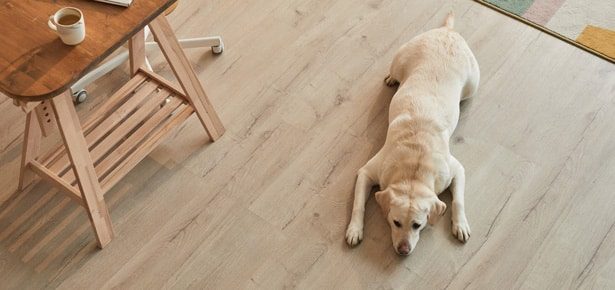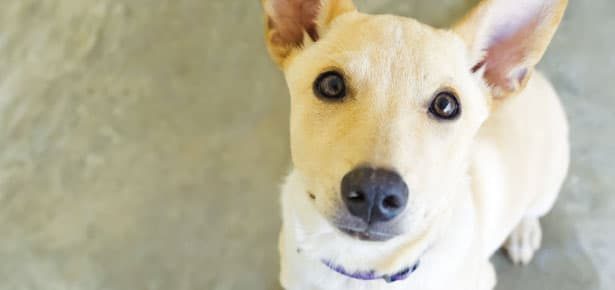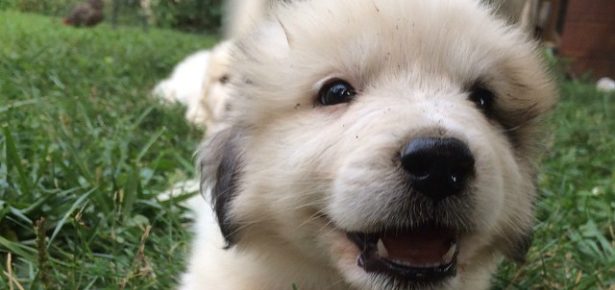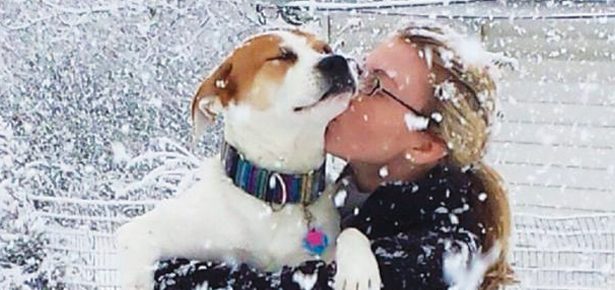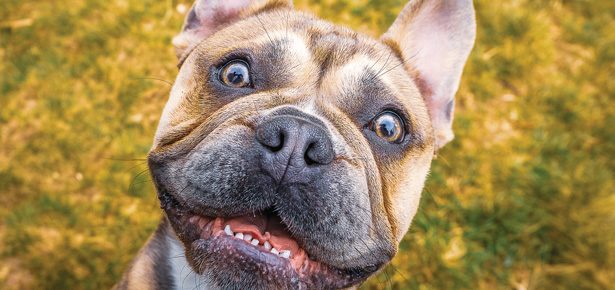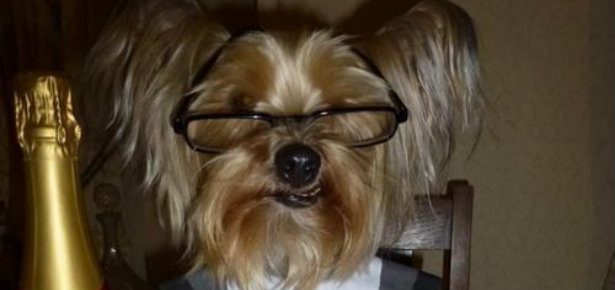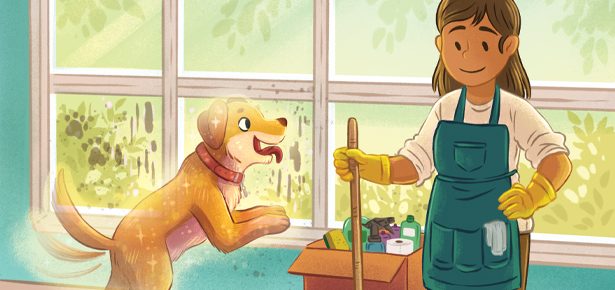
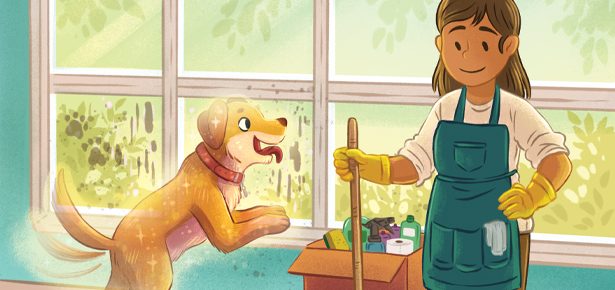
A Dog’s House: Buying a New Home? Try the Pug Test
A new homeowner finds evidence of the past and imagines a four-legged future.
When we looked at houses that were for sale, we had a list of criteria. Located near a train station, a dry basement, and that special quality we would know when we saw it. But none were more crucial than what we called “The Pug Test.” That is, if we had a Pug in our home and it ran out the door without a leash, how fast could it reach a busy road? If the answer was less than ten seconds, the house was a “no.” We explained this to our real estate agents. They blinked, asked if we had a Pug, and we admitted we didn’t (yet). They didn’t laugh, and we stepped deeper into the eccentric category. But it didn’t matter. We found our house anyway.
Our new-to-us old house is not everyone’s cup of tea. If the Mad Tea Party from Alice in Wonderland were a house, this would be it. A little something for everyone, but altogether too much for most. Except us. We loved it, nooks, spiderwebs, wallpaper, more wallpaper, secret little doors, and all. And I thought I could smell old happiness in the air. But, perhaps relatedly, there was a lot of dust. My partner approved of the age of the hot water tank and the pipes and bolts and basement appliances. And I kept thinking about the couple that wants to buy Chevy Chase’s house in the 1988 film Funny Farm. The wide-eyed Culbertson’s say they want it all, even the dog. “Yellow dog?” Chevy repeats with a sad “please don’t take my dog” astonishment.
What I didn’t realize in that heady, exciting time was that we were getting some dog in the deal too.
I had to do a lot of cleaning. Neighbours suggested I call professional cleaners. But I didn’t want to. Then I wouldn’t have been able to learn about the contours of the house and the all-important composition of that dust. History would have been unceremoniously swept into a garbage bag. It didn’t seem right. So, I crouched, scrubbed, squeezed the heck out of that rag, and vacuumed for days. I stood on chairs I probably should not have. But I also searched for patterns. And I wondered. It was a forensic investigation of sorts.
I vacuumed up so much dog hair that you could make a doggie toupée if needed. And although this was my first pass at vacuuming the whole house, I knew it was a last too—no newly shed dog hairs would replace my vacuumed loot. What a relief. But wait—was it?
Anyone who owns a dog lives in a private bubble of love that is tarred and feathered with dog bodily fluids and a sometimes-embarrassing amount of fur. Dogs look deep into our eyes and seem to say—these drips and plops are just between us. And there they stay. In your melted heart, where the crunch of plastic doggie bags has become a kind of music.
“What more could you want in a house? An actual living dog enjoying it again someday. Yes, we are working on that too.”
Dogs were domesticated from wild gray wolf ancestors somewhere between 25 to 14 thousand years ago. Scientists debate the precise domestication date based on conflicting DNA evidence. But one trait dogs undoubtedly have now, which wolves do not, is the muscle that can raise and lower their eyebrows in subtle ways. This muscle is scientifically known as the levator anguli oculi medialis but is colloquially known as “puppy dog eyes.” These expressive eyes may have helped further forge the bond between humans and dogs because we see their yearning emotions on their adorable faces. Or we think we do, which is enough for us to care for them and forgive them for peeing on the carpet.
We did have to replace that carpet with the mosaic of dog urine spots, and I cleaned several questionable brownish drops off the walls. The claw marks carved into the wooden windowsills remain, but the windows themselves were another story.
Certain windows are permanently fogged due to moisture between the two panes. But other windows had a different issue. The window that looks out to the driveway, where you can see a car pulling in. And the glass door that looks outside toward the pond—these windows had a wide blurry horizontal band on them. This distinctive blur was composed of individual sideways half-moon shaped marks grouped together.
I wiped them repeatedly with cleaning products, and they finally loosened up into a goo and then disappeared. And I knew. They were made from dogs pressing their noses against the glass, over and over again. I remember my dog Melanie used to do this. We first got her when I was in 4th grade. She was a puppy, black with white paws, and the cutest thing I had ever seen. I didn’t do my homework the night she first came home because how could I? The rest was a deeply observed dog love story. So, I had a pretty good idea that these dirty windows represented evidence of a long-term canine snot fest—but also, a kind of landscape painting where every stroke was born of anticipation and that persistent doggie hopefulness we so admire. I still miss her.
Recently, the former owner of our house, who is in his 90s, asked if he could scatter one of his dog’s ashes in our garden. He didn’t know that I already knew that his dog loved the house. I have never met him, and I never saw him that day—but now we both know that we both know. And his dog rests among the ferns and flowers somewhere beside the stream.
As we continue to clean our old home, repaint and replace, it results in an inevitable erasure of the material evidence left behind by these dogs gone by. But they will continue to inspire us with thoughts of the fuzzy buzz of their once presence, warmth, mischievousness, and most of all—their enduring joy. What more could you want in a house? An actual living dog enjoying it again someday. Yes, we are working on that too.
This article originally appeared in the award-winning Modern Dog magazine. Subscribe today!
Join the newsletter and never miss out on dog content again!
"*" indicates required fields
By clicking the arrow, you agree to our web Terms of Use and Privacy & Cookie Policy. Easy unsubscribe links are provided in every email.
